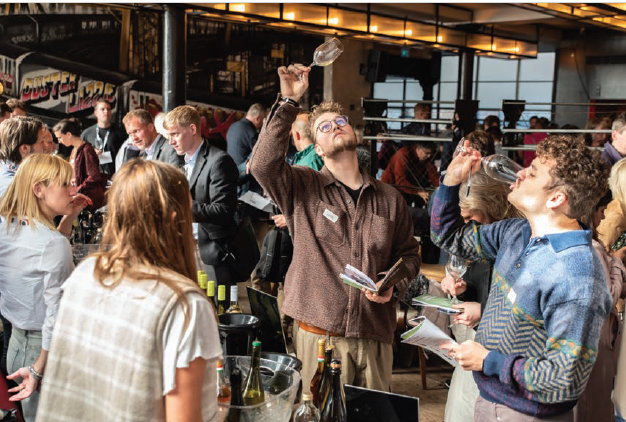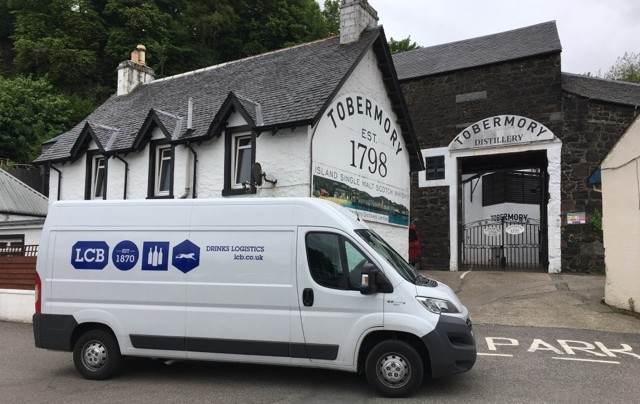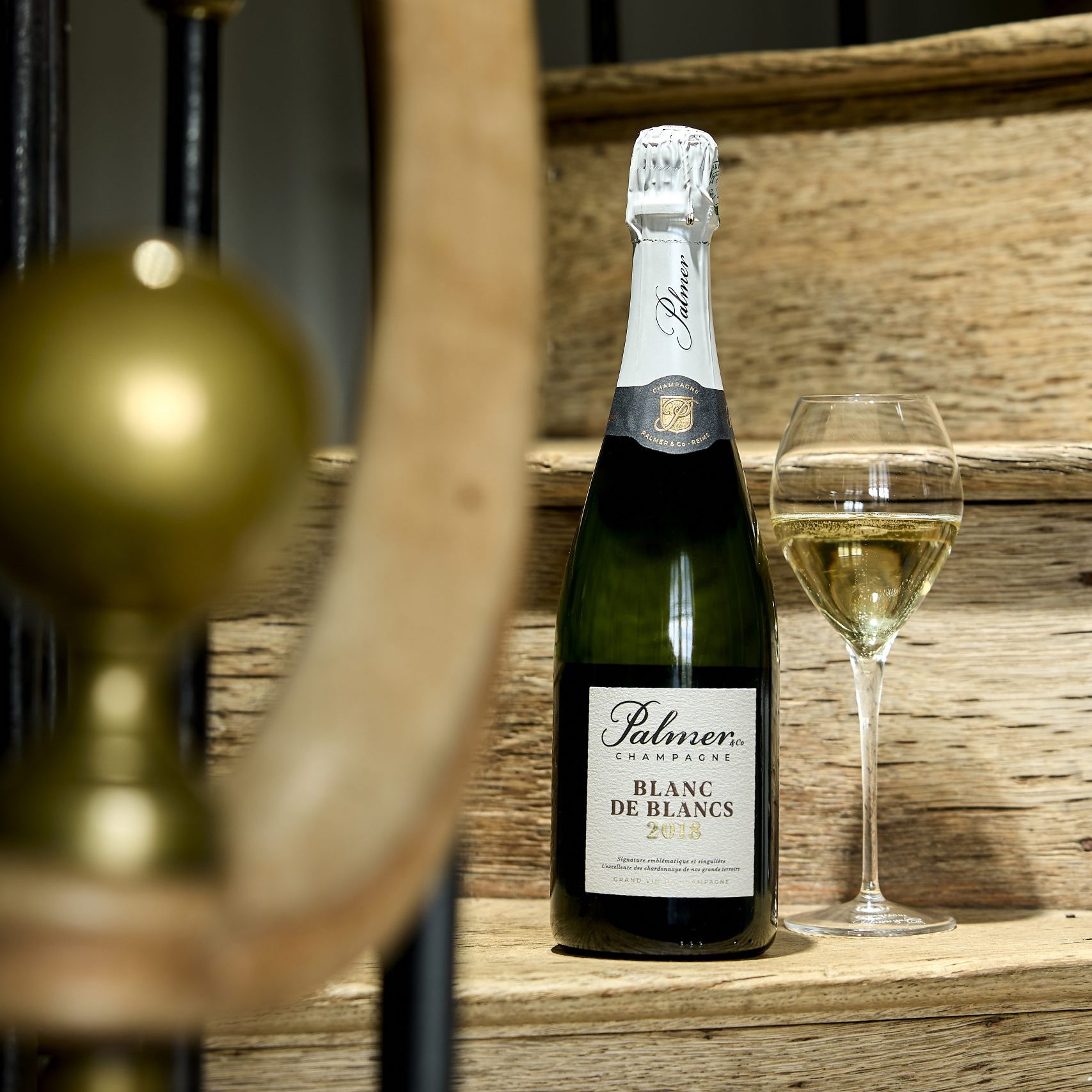All eyes on Brooks Painter
A curious thing started to happen at the St Helena Star and Napa Vintner Tasting Panel meetings at The Culinary Institute of America at Greystone.
It occurred with the V. Sattui 2007 Carsi Vineyard Chardonnay from Yountville ($26) during the “Anything But Carneros Chardonnay” tasting; it happened with the V. Sattui 2006 Merlot ($25) during the Napa Reds Under $25 Tasting; and yet again with the V. Sattui 2007 Vittorio’s Vineyard Cabernet Sauvignon ($35) at the Affordable but Rare Tasting.
Its sister winery, Castello di Amorosa, got into the game with the il Barone Cabernet Sauvignon ($95) which was included in the flagship Cabernet tasting.
Each of these wines won top placement among their peers at the monthly Tasting Panel sessions – and these are not the only ones from these wineries.
V. Sattui Winery, along the famous stretch of Highway 29 in Napa Valley, had for long been one of those places that visitors would want to stop but not necessarily for the wine.
The winery’s beautiful stone building is surrounded by lush, almost fairytale gardens. And then there is the feast. Owner Dario Sattui is expert at knowing just what a traveller might be hungry for on a wine journey.
There are gourmet cheeses and charcuterie of all kinds. Numerous picnic tables are strewn across a grassy lawn, and guests would choose one of the winery’s fairly pleasant white or blush wines to sip along with their wine country lunch.
As time passed and these previous visitors’ wine tastes evolved, they might glance longingly at the picnic tables as they passed by on a future trip, but they were not as inclined to stop. The wine was fine, but there were top quality wines to seek out in the valley.
A change however has been underfoot at V. Sattui, and this scene no longer plays out today. The grounds remain as captivating, and the large display of foods still delay visitors as they toil over the deli selections – but now the wine is also a major draw. These wines are winning all kinds of praise, and not just among their Napa Valley peers.
Exactly what has happened at V. Sattui? All eyes are on winemaker, Brooks Painter.
Painter is winemaking director and viticultural director at V. Sattui and newer sister-winery, Castello di Amorosa. He has been working for the Sattui family since 2005.
Prior to his position at V. Sattui, Painter worked as winemaking operations manager with Robert Mondavi Winery for five years, and assistant winemaker, grower relations and quality control manager at Stag’s Leap Wine Cellars for the five years before that. Painter also held positions at Leeward Winery (Ventura, CA) and Felton-Empire Vineyards (Felton, CA). He has been making wine for 30 years.
Asked what intrigued him about taking the position at V. Sattui, Painter explained, “When I arrived in 2005 to lead the winemaking team I was coming from a high-quality, large winery that focused on a small list of varieties meant to be sold in the national distribution sales market. I was intrigued and excited with the concept and opportunity to make so many different wines at V. Sattui, almost one for every palate and preference.
“This has turned into a very challenging, but also very exciting and rewarding position for me. I have the freedom and resources to pursue the highest quality of wine production from the Napa Valley.”
“So many wines” means 45 different wines at V. Sattui. Painter explained, “We are essentially a one stop fine-wine shop. We hope to share our passion for food and wine with everyone who walks through our doors, so having a tremendous variety of wines gives people lots of choices to find something they love.”
Partner Content
That number of wines doesn’t scare Painter one bit. “It was a winemaker’s dream”, Painter said of taking the job, “a unique opportunity to work with 250 acres of estate vineyards and nurture the flavours and attributes of the wines from vine to cork.”
With all of the praise for so many of their wines over the last few years, something has evidently changed about V. Sattui’s winegrowing or winemaking. Asked what changes were made upon his arrival, Painter explained, “First we started in the vineyards, evaluating the pros and cons of each block, clone and rootstock, and making small changes to increase grape quality. Within a few years I came to understand the potential and personality of the grapes, and then work with techniques in the winery to let their individuality shine through.”
Painter added, “The most significant early change I tried to bring was focusing attention on proper grape maturity, especially with regard to phenolic development and colour concentration in the grapes.”
Changes were made to the equipment and cellar practices as well. Painter noted, “Proper use of battonage in Chardonnay, and whole cluster/stem inclusion with Pinot Noir are a few examples of changes I made immediately. We aimed for more delicacy of aromas and finesse in the white wines and more suppleness and density in the red wines at lower tannin levels.”
Further changes came in time. “We evaluated vigour using NDVI imagery, and employed ‘Precision Agriculture’ with inputs and cover crops in partial vine rows to help uniformity of the grapes at harvest. We developed modifications to our vine trellises to minimise sunburn and optimise a ‘flecked’ light environment in the canopy.” Painter explained.
In the cellar, Painter brought in a number of new coopers he had worked with in the past, looking to enhance the aging and development of the wines in barrel. Painter continued, “New destemming equipment was also purchased to remove stem ‘jacks’, as well as gentle pumps for movement of must and wine along with whole berry fermentations have also made improvements to the wines. The timing and sequence of red wine maceration pump overs have made a difference.”
In general, the winemaking style of both V. Sattui and Castello di Amorosa is born from owner Dario Sattui’s Italian heritage combined with Napa Valley’s climate and viticulture. The goal is to produce wines with intense flavour but ones that are eloquently balanced, similar to the wines of Sattui’s Italian homeland of Tuscany and Umbria.
Perhaps some of Painter’s own innate understanding of vine to bottle comes from being raised in Northern California. He received his Bachelor of Arts in Chemistry and Biology from the University of California at Santa Cruz in 1980, and it was here that he fell in love with wine. For anyone wanting to dive into the technical, you can read his work in The American Journal of Viticulture and Enology, Biochemistry, Practical Winery and Wines & Vines.
He is and has been a member of numerous professional organisations and is an educator, having taught classes on wine and grape growing for the California Academy of Sciences and other institutions. Painter also crafts his own wine label called Coho wines, which he started in 2002.
Not to be overlooked by any means, Castello di Amorosa, Sattui’s other Napa Valley property, was opened in 2007 and Painter uses the same winemaking philosophy here.
Fewer wines (much fewer) are made at Castello di Amorosa – a dozen and a half compared to almost 50. The property is also a draw for visitors, but in a very different way. The latter is an intriguing venue, to put it mildly. Upon a hill on Diamond Mountain, Castello di Amorosa is literally a castle, having been painstakingly constructed by Sattui to include everything from a 13th century courtyard to dungeon.
The two properties do have one very interesting thing in common in addition to their owner and winemaker: the wines are sold direct to the consumer only. That seems to work – especially since both the venues and the wines are a major draw.
For more information on these wineries, please see: Vsattui.com and castellodiamorosa.com.




